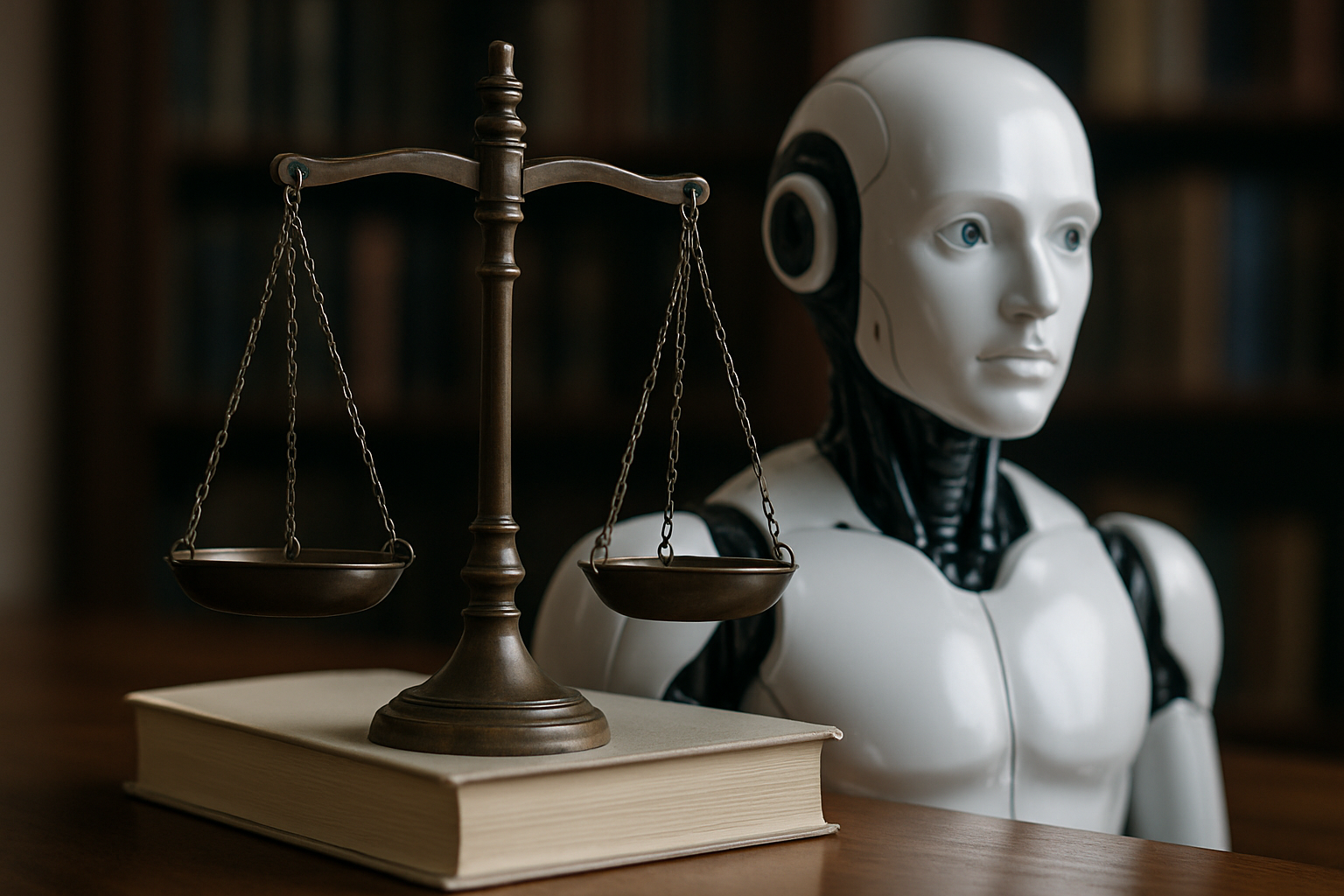The Legal Landscape of Algorithmic Decision-Making
Introduction: As artificial intelligence permeates various sectors of society, the legal implications of algorithmic decision-making have become a pressing concern. This article delves into the intricate web of laws and regulations surrounding AI-driven decisions, exploring how legal systems worldwide are adapting to this technological revolution.

Historical Context and Legal Foundations
The roots of algorithmic decision-making can be traced back to the early days of computer science. However, it wasn’t until the late 20th century that these systems began to intersect meaningfully with legal frameworks. The advent of big data and machine learning accelerated this convergence, prompting lawmakers to consider how existing statutes could be applied or adapted to this new technological paradigm.
Current Legislative Landscape
Across the globe, jurisdictions are taking diverse approaches to regulate algorithmic decision-making. The European Union’s General Data Protection Regulation (GDPR) has been at the forefront, introducing the right to explanation for decisions made by automated systems. In the United States, sector-specific regulations have emerged, such as the Fair Credit Reporting Act’s application to algorithmic credit scoring. Meanwhile, countries like China are developing their own frameworks that balance innovation with state control.
Challenges in Algorithmic Accountability
One of the primary legal challenges in this domain is establishing clear lines of accountability. When an algorithm makes a flawed decision, determining liability becomes complex. Is it the developer, the data provider, or the entity deploying the algorithm who should be held responsible? Courts are increasingly confronted with these questions, leading to a growing body of case law that attempts to delineate responsibilities in the algorithmic age.
Transparency and Explainability
Legal experts are calling for greater transparency in algorithmic systems. The black box nature of many AI algorithms poses significant challenges for due process and judicial review. Some jurisdictions are considering legislation that would require companies to disclose the logic behind their algorithmic decisions, particularly in high-stakes areas like healthcare and criminal justice. However, balancing transparency with trade secret protection remains a delicate act.
Bias and Discrimination in Algorithmic Systems
Perhaps the most contentious issue in the legal realm of algorithmic decision-making is the potential for bias and discrimination. Algorithms trained on historical data can perpetuate and even amplify existing societal prejudices. Legal frameworks are evolving to address this, with some jurisdictions extending anti-discrimination laws to cover algorithmic bias. The challenge lies in defining and detecting such bias within complex systems.
The Role of Human Oversight
As algorithms become more sophisticated, the question of human oversight becomes increasingly crucial. Legal scholars debate the extent to which human judgment should be integrated into algorithmic decision-making processes. Some argue for a human-in-the-loop approach, where significant decisions require human review. Others contend that well-designed algorithms can be more consistent and fair than human decision-makers.
International Harmonization Efforts
The global nature of technology has spurred efforts to harmonize legal approaches to algorithmic governance. International organizations like the OECD have proposed guidelines for the ethical use of AI, which many countries are using as a foundation for their domestic legislation. However, significant divergences remain, reflecting different cultural and legal traditions.
Future Legal Horizons
As we look to the future, the legal landscape of algorithmic decision-making is likely to undergo further transformation. Emerging technologies like quantum computing and neuromorphic chips may introduce new capabilities and challenges. Legal systems will need to remain agile, balancing the need for innovation with the imperative to protect individual rights and societal values.
In conclusion, the legal framework surrounding algorithmic decision-making is in a state of rapid evolution. As algorithms continue to shape our world, the law must adapt to ensure that these powerful tools serve the interests of justice and equality. The coming years will be critical in determining how we as a society choose to govern the algorithms that increasingly govern us.





